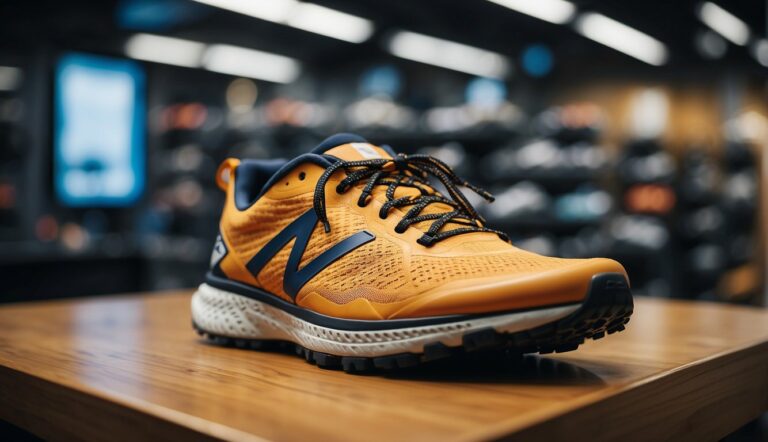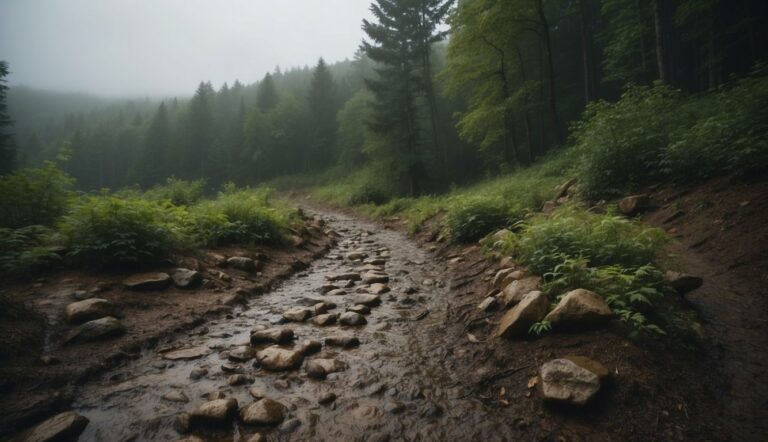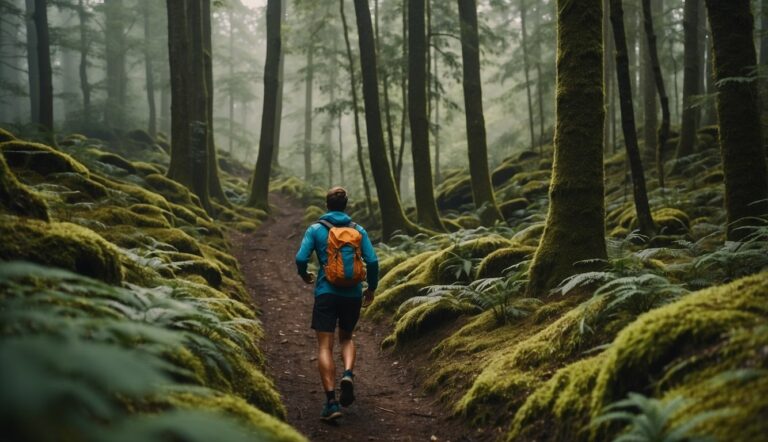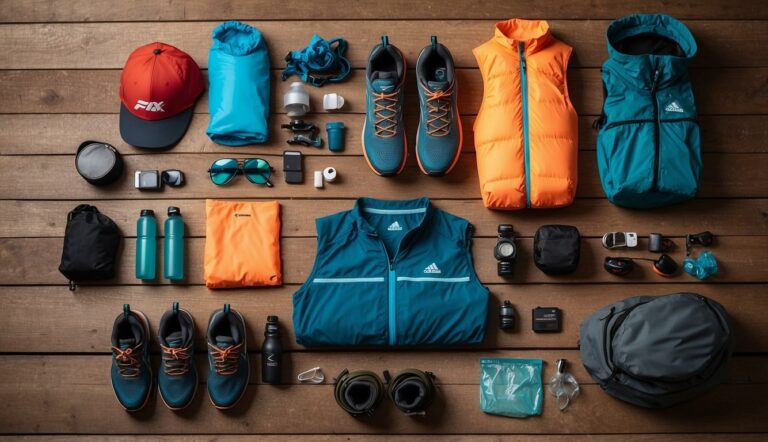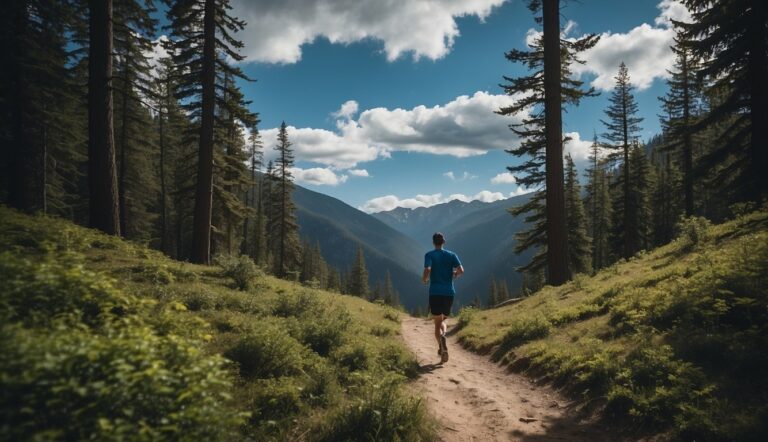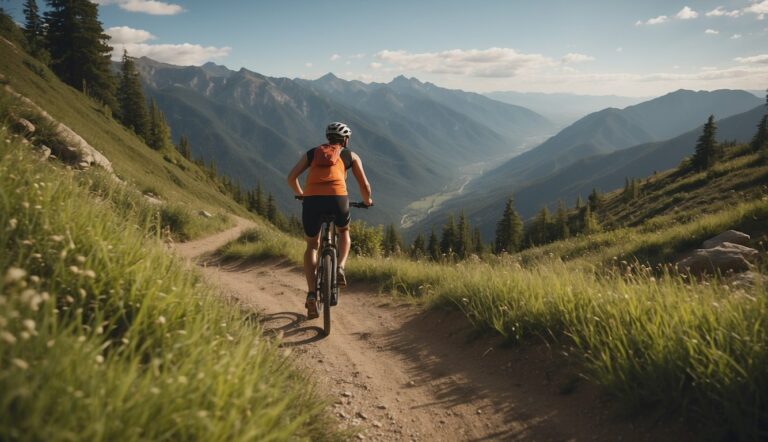Trail Running in Urban Areas: A Guide to Embracing Nature in the City
As a UESCA certified running coach with firsthand experience, I fully understand the allure of trail running amidst the backdrop of city life. The rhythmic pounding of feet on a dirt path offers a unique meditation, a way to reconnect with the natural world even when skyscrapers loom overhead. Urban trail running is an accessible escape for those seeking the tranquility of nature without departing the convenience of the city.
Finding nature in urban settings may seem challenging at first glance, but numerous cities boast hidden pockets of wilderness. I often advise runners to explore local parks and look for existing trails, which can provide a surprising variety of terrain. Miles of trails can be found in larger urban parks, with routes often mapped out and maintained for safe and enjoyable running. With a little research, you can easily integrate these natural routes into your running regimen, rejuvenating your routine with fresh air and greenery while never straying far from the city’s heart.
Even the most densely populated cities have their secret or not-so-secret trails, where both seasoned trail runners and newcomers can experience the benefits of urban trail running. It’s about more than just exercise; it’s about discovering the soul of the city from a different angle, running through history and the living, breathing spaces that bring respite to city dwellers. I encourage you to lace up your running shoes and explore the urban trails; you might be surprised by the pockets of nature waiting to be found.
Essentials of Urban Trail Running
To succeed in urban trail running, selecting appropriate gear and effectively navigating routes are crucial. Let’s dive into how best to equip yourself and find your way through city landscapes for an invigorating running experience.
Choosing the Right Gear
The gear you select can make a significant difference in your urban trail running experience. Shoes with good grip are essential for varied city terrain, whether tackling park paths or cobbled streets.
A hydration pack is vital to carry water for longer runs, emphasizing convenience and ease of use. Additionally, carrying snacks like energy bars can help maintain energy levels. Here’s an ideal gear set for your urban trail adventures:
- Shoes: Trail running shoes with adequate grip
- Hydration: Lightweight hydration pack or belt
- Snacks: Energy bars or gels for sustained energy
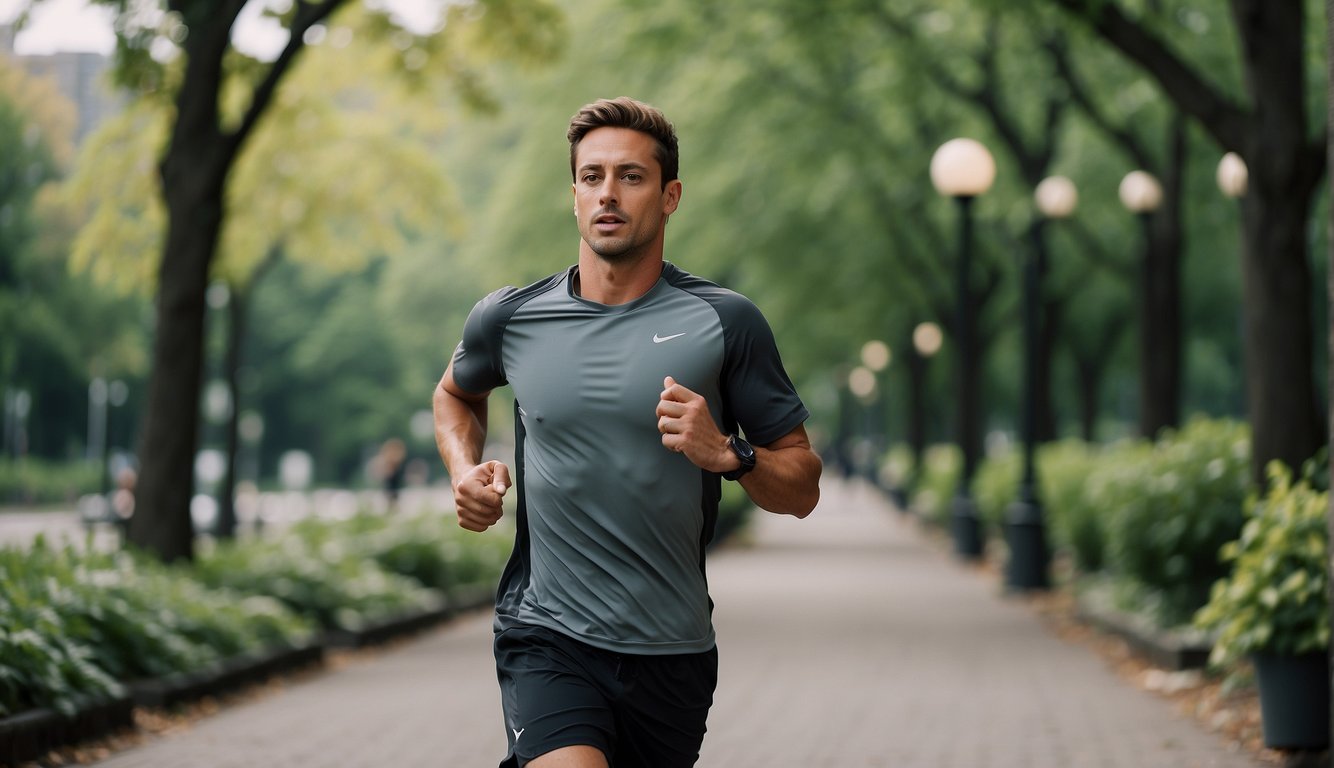
Navigating with Apps and Maps
Finding your way through urban landscapes can be simplified using apps tailored for runners. Google Maps serves as a basic tool to locate large green areas and possible trails, but specialized apps like Strava or Outside+ offer detailed routes and community recommendations.
It’s beneficial to explore new city trails with these digital resources at your disposal. Remember to keep your phone charged and consider carrying a portable power bank to ensure continuous access to navigation tools.
Discovering Urban Trails
Urban trails offer a blend of the natural landscape with the convenience of city living. You can find tranquility and a break from the concrete jungle without ever leaving the urban environment.
Utilizing Local Parks
Central Park in New York, Griffith Park in Los Angeles, and Stanley Park in Vancouver are exceptional examples of parks that provide extensive trail networks right in the heart of the city.
I recommend starting at well-known trailheads like the Loeb Boathouse in Central Park or the Griffith Observatory trail, where you can enjoy both nature and city views.
- Central Park, NY: Over 58 miles of pathways suitable for running.
- Griffith Park, LA: Offers more than 50 miles of trails.
Franklin Park in Boston and Memorial Park in Houston are also brimming with trails that cater to those seeking a more wooded experience.
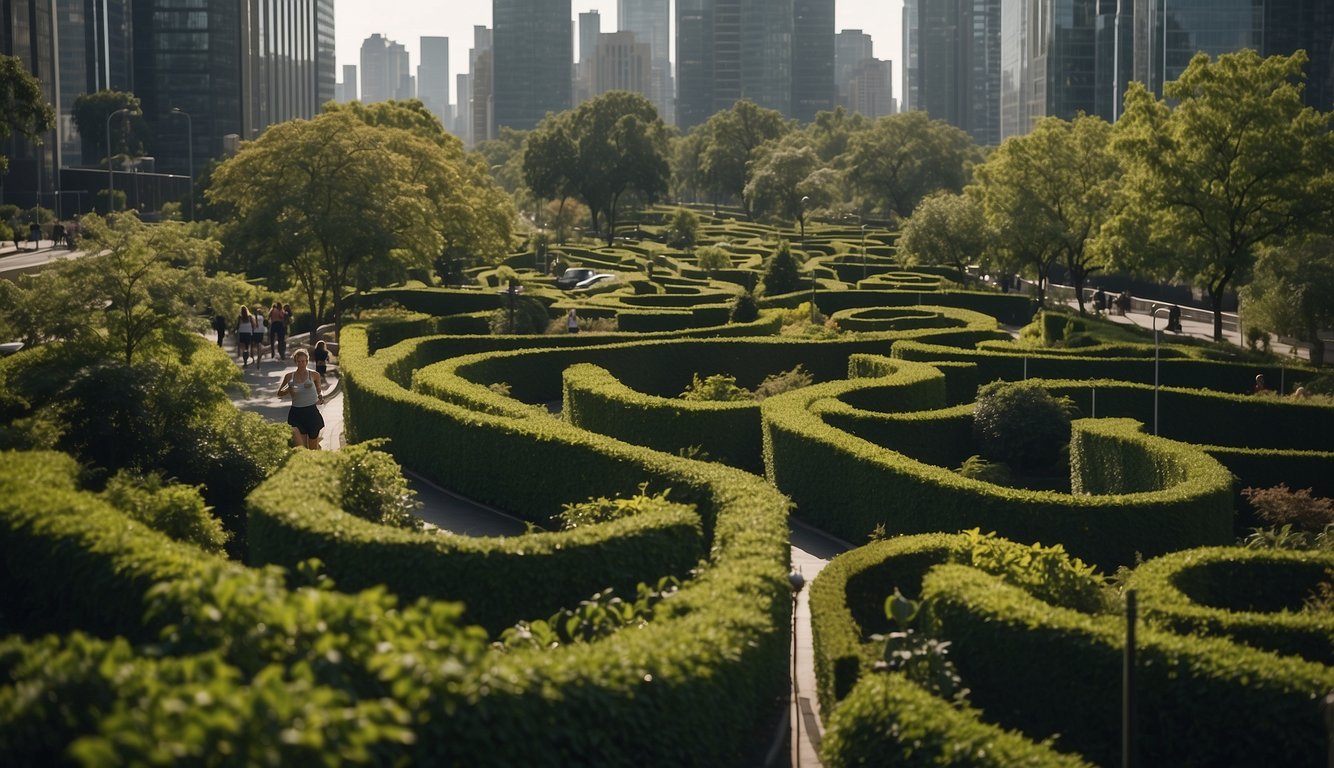
Trail Running in Major Cities
Major cities often have hidden gems for trail runners. For instance, Rock Creek Park in Washington D.C. is a treasure trove of trails and green space.
Cities like St. Louis are investing in greenway projects like the Brickline Greenway, which aims to link urban dwellers to nature and each other, while Kansas City boasts the scenic Wyandotte County Lake Park for a more immersive trail running experience.
Trail Running Opportunities in Major Cities:
| City | Park | Description |
|---|---|---|
| Los Angeles | Griffith Park | Urban wilderness with over 50 miles of trails, offering both challenging and leisurely routes. |
| New York | Central Park | Diverse trails through iconic scenery, accommodating all running levels. |
| Vancouver | Stanley Park | Sea wall and forested trails providing a serene running environment in the city. |
| Washington D.C. | Rock Creek Park | Extensive trail system through natural woodlands and along a creek. |
Remember, local parks are a fantastic starting point for trail running adventures, whether you’re a seasoned runner or just beginning to explore the trails.
Maximizing Your Trail Experience
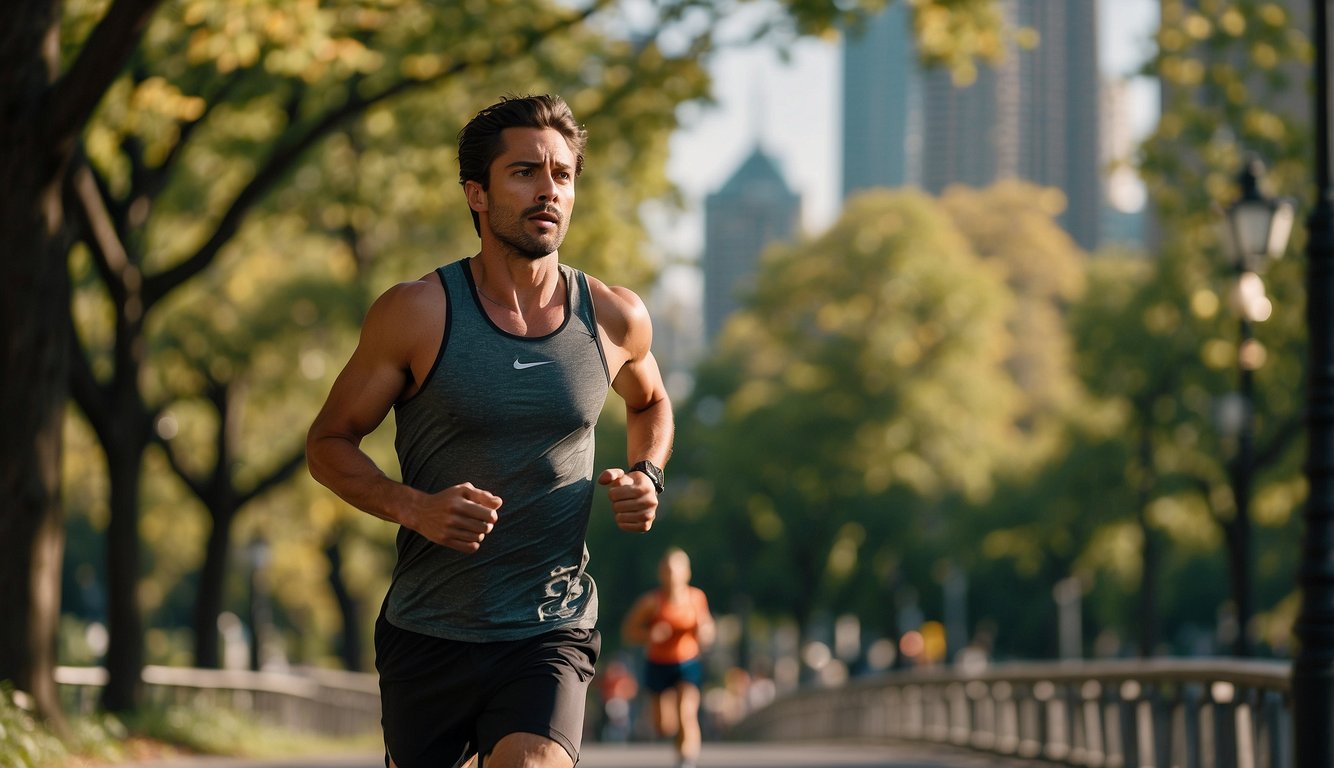
When running in urban areas, the key to maximizing your trail experience lies in two aspects: Connecting with Nature and Joining Running Communities. These not only enhance the quality of your run but also deepen your connection to running and the city’s environment.
Connecting with Nature
I encourage runners to engage with the natural elements available on urban trails, regardless of proximity to city centers. Choose trails that offer variety in terrain and scenic beauty to gain a respite from urban hustle.
For example, Atlanta’s East Palisades area showcases the serene side of the city with its lush greenery. Making the effort to experience these slices of nature can provide a motivational boost and a sense of peace within the urban landscape.
Tips for Nature Connection:
- Research: Start with online resources to find hidden gems near your urban area.
- Mindfulness: During your run, take moments to appreciate the sounds and sights around you.
- Timing: Try scheduling runs during sunrise or sunset to add an extra layer of natural beauty to your experience.
Joining Running Communities
Participating in local running clubs and community events can greatly enrich your urban trail running experience. These groups provide a sense of community and camaraderie that can motivate you to explore new trails and improve your running skills.
Trail running events, often organized by these clubs, are fantastic opportunities to connect with fellow runners and test your abilities in a supportive environment.
Running Community Benefits:
- Support: Gain encouragement from runners who share your interests.
- Knowledge: Learn from the collective experiences about the best urban trails.
- Variety: Access a calendar of running events and community-led runs that offer diverse experiences.
How to Get Involved:
- Local Clubs: Look for running clubs in your city that emphasize trail running.
- Social Media: Use platforms to find groups or events focused on urban trail running.
- Event Participation: Join races or social runs to meet members of the running community.
Challenges and Safety
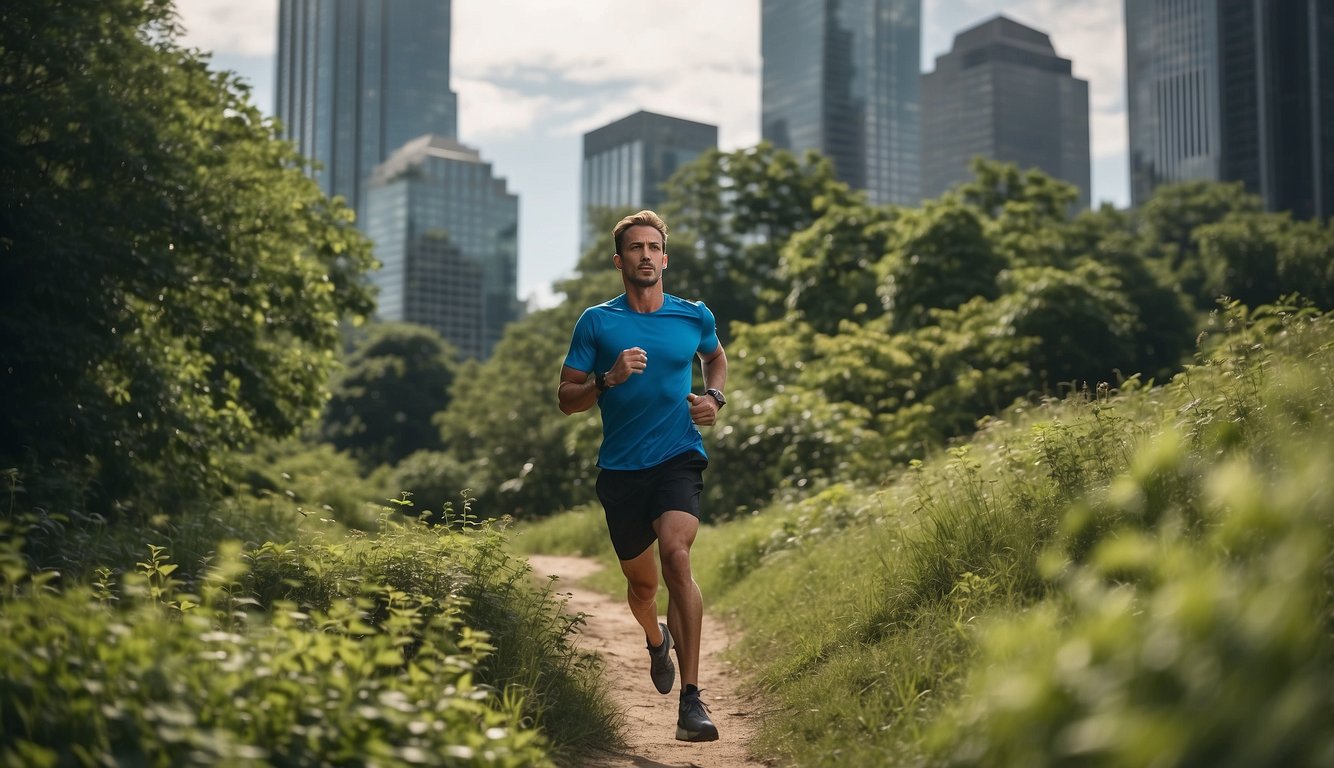
I have seen firsthand the unique challenges and safety considerations that come with trail running in urban environments. Proper planning and awareness can significantly enhance your experience.
Dealing with Urban Sprawl
Urban sprawl often means trails are intertwined with busy city life. Developments spill into natural areas, creating fragmented trails that can bring runners closer to traffic and public transport zones.
My advice to runners is to plan routes that minimize road crossings and avoid high-traffic areas, especially during peak hours. Aim for early morning runs when there’s less congestion. When running near tourist hotspots or throughout the city, keep aware of pedestrians and cyclists.
| Time of Day | Suggested Action |
|---|---|
| Early Morning | Ideal for lower traffic volumes. |
| Rush Hour | Avoid if possible to escape congestion. |
| Evening | Increased pedestrian traffic. Stay vigilant. |
Safety Tips for City Runners
Safety is paramount when hitting the trails, especially in an urban setting. Always stay visible with reflective gear or lights, particularly if you’re out before sunrise or after sunset.
Be mindful of your surroundings; even if you have right of way, assume drivers and cyclists may not see you. I recommend running without headphones, or keeping the volume low, so you can remain alert to nearby cars and other potential hazards.
| Safety Gear | Purpose |
|---|---|
| Reflective Clothing | Increases visibility to motorists. |
| Headlamp/Flashlight | Essential for low-light conditions. |
| Whistle | To alert others if in distress. |
Remember, knowing your route and staying aware of your environment can help you navigate the challenges of trail running in the city, ensuring a safe and enjoyable run.
Leveraging Technology and Social Media
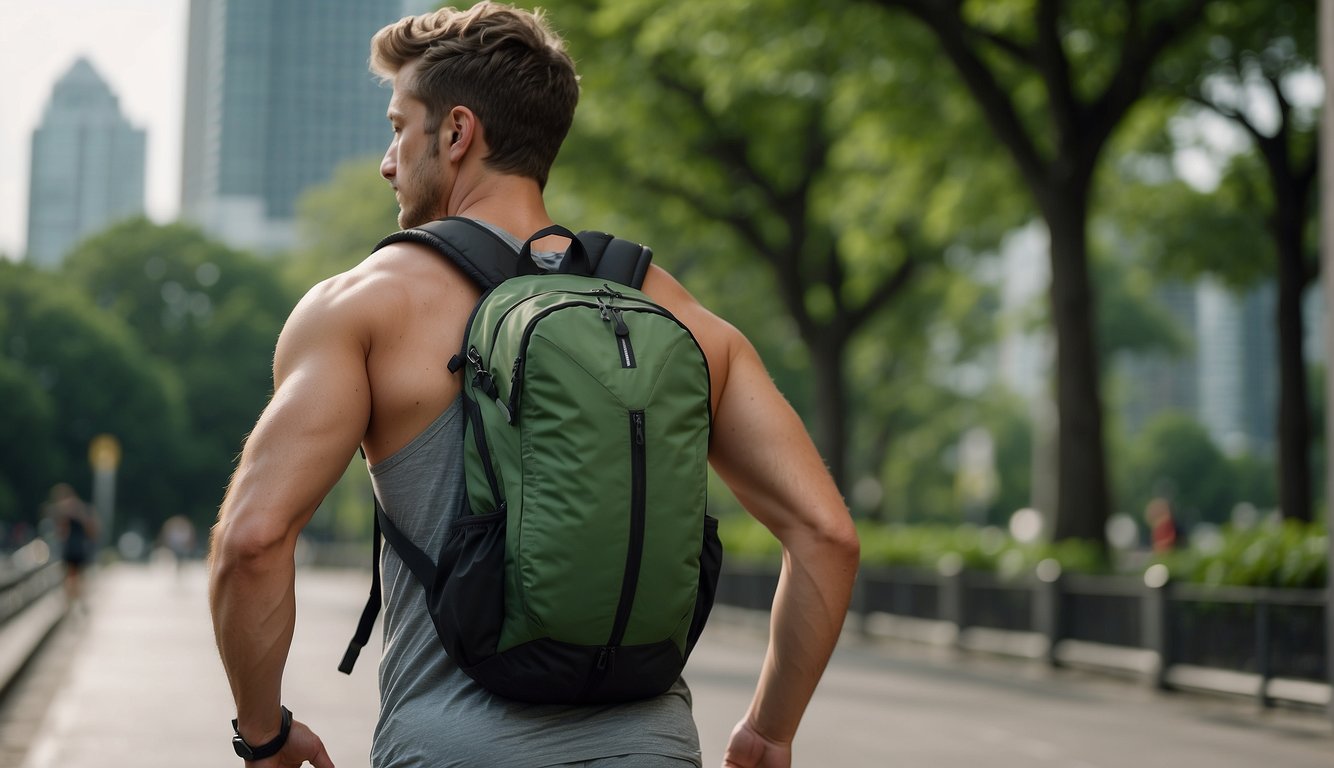
I utilize technology to enhance the trail running experience for urban runners. Google Maps is an invaluable tool for discovering new paths, providing runners with detailed maps and the ability to gauge elevation profiles of prospective urban trails. This information helps in planning training sessions that meet specific fitness goals.
Apps like Strava are a goldmine for city trail runners. Not only can you track your own runs, but you can also connect with other runners, compete on segments, and find popular local trails you might not have known about. Strava’s extensive activity database acts as a resource for discovering well-trodden urban trails.
TrailLink, provided by Rails-to-Trails Conservancy, offers a comprehensive list of trail maps. Runners looking for nearby nature trails can use this app to filter by surface type or distance, ensuring a suitable trail running experience close to home.
Instagram serves as both motivation and a resource. Through hashtags and accounts dedicated to urban trail running, you can find hidden green spaces and get a visual sense of the trails before you set foot on them. It’s also a great platform to share experiences and tips with the running community.
Trail Running Apps Comparison Chart
| App | Notable Features | Ideal For |
|---|---|---|
| Google Maps | Detailed maps, Elevation | Pre-Run Planning |
| Strava | Segment Challenges, Social Networking | Tracking & Community Engagement |
| TrailLink | Trail Maps, Surface Filter | Trail Discovery & Selection |
By integrating these digital tools and social media platforms, I provide runners with the resources they need to find and enjoy nature within the city.

